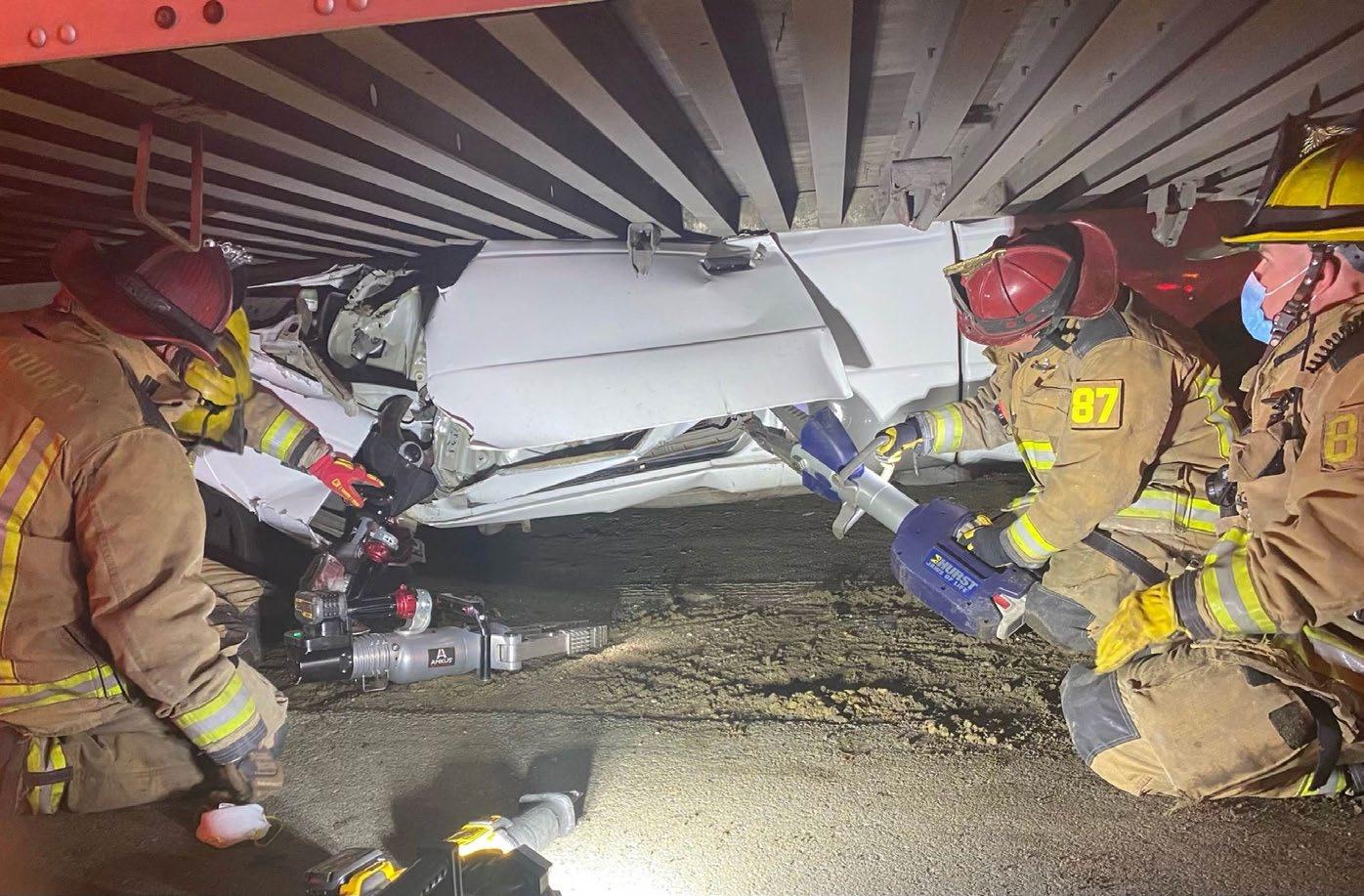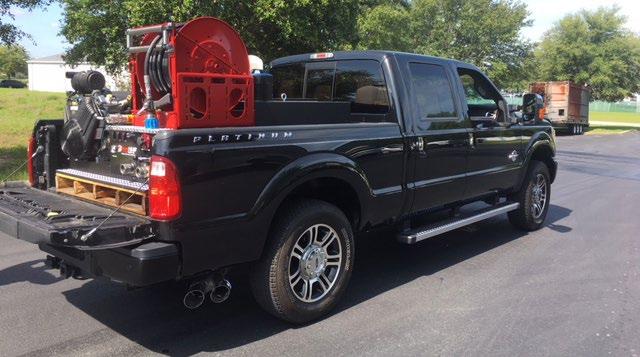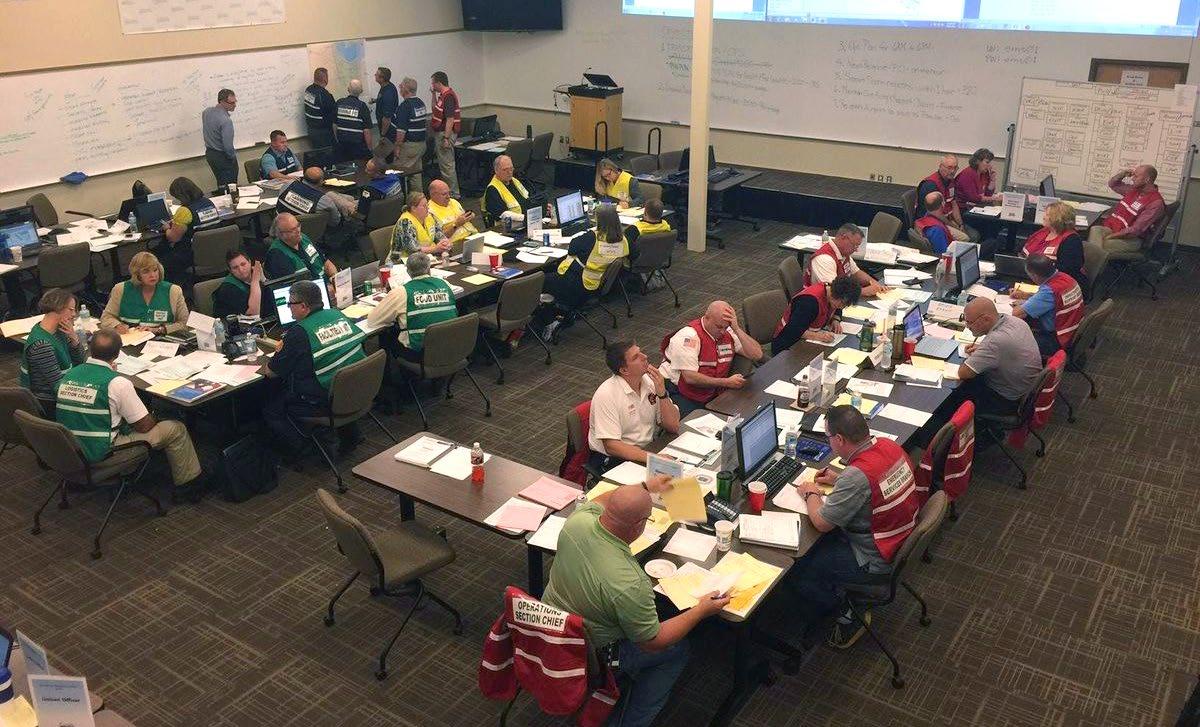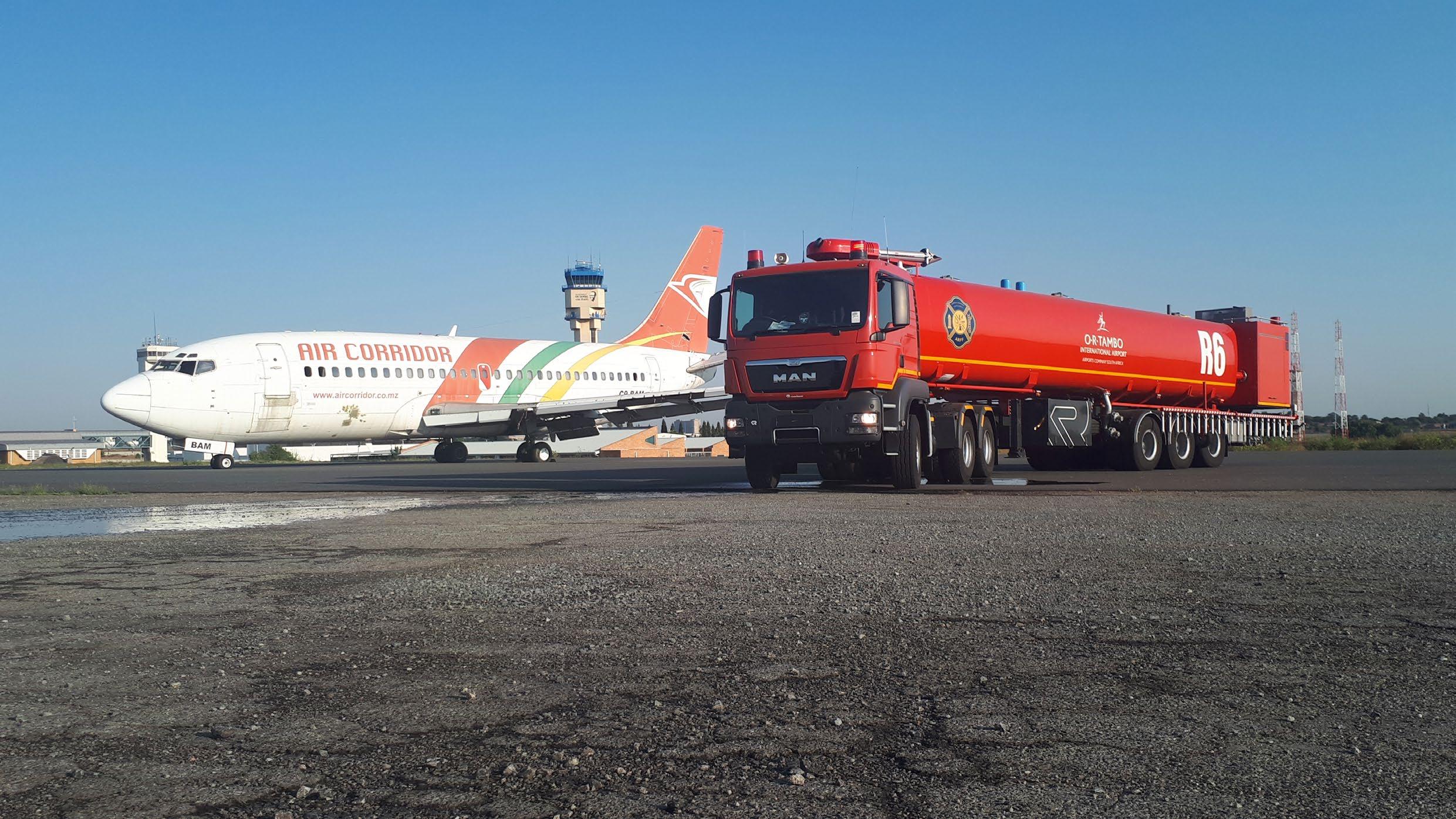
8 minute read
Rescue Roundup Proper education and training - by Julius Fleischman and Neville van Rensburg
Proper education and training
By Julius Fleischman and Neville van Rensburg, World Rescue Organisation (WRO) assessors and members
Advertisement
Motor vehicle crashes (MVCs) continue to be a source of severe injury and death in the South Africa. However, changes in personal behaviour, overall health of citizens and vehicle design changes are making the rescue and treatment of survivors of MVCs more difficult for emergency medical services (EMS) and rescuers.
Emergency crews must work together to balance the priorities of rescuer and patient safety, utilisation of resources, tactical decisionmaking and patient care in the continued race to bring a patient to a trauma team as quickly as possible.
Crews are encouraged to get patients to critical trauma care within the ‘Golden hour’, which is the first 60 minutes after their injury. The ‘Golden hour’ will likely
Understanding injury profiles is the first step in adding value to the extrication process
never see a randomised trial but rescue teams across the country continue to work to shorten the time patients experience the progressive decline toward death
brought on by haemorrhagic injuries and shock.
Despite awareness of the time sensitivity of the severely injured
fire pumps and hose line diameters and nozzles will be very finely tuned around this requirement. In fact, the entire set-up will revolve around flowrates. This is going to happen sooner than later as we no longer have the luxury of throwing endless volumes of water at the fire incident. Making water work more effectively is what we want to create for the future. The dynamic of understanding critical flow rates and the technology behind transitional fire fighting is what is going to change how we approach fires, how we design our fire fighting vehicles and how we select our pumps and nozzles and, ultimately, how much water we use to extinguish a structural fire.
There are basically two types of combustion that we face: • Fuel-phase fire: Two dimensional fuel bed or surface fire • Gaseous-phase fire: Three dimensional gaseous phase fire phase fire, copious amount of water is usually required, especially if the fire is well developed and ventilated. When faced with a gaseous-phase fire that is fully enclosed and nonventilated, the water requirement can look very different. It can look a whole lot different if you were to have the ability to flow water in a ‘ready state’ in the form of ultra-high pressure fog straight into the thermal layer and inert the products of combustion prior to it being ventilated. It will look even more different if you could flow that water fog into the thermal layer penetrating through from the outside of the structure involved straight into the heart of the fire.
For the first time you have a tool in your arsenal that allows you this option were you can, in a matter of seconds, breach any type of construction without any physical exertion and using only one fire fighter! The PyroLance system gives you the ability the penetrate any structure within seconds and flow ultra-high pressure water fog ie 37l/min at 100 bar, straight into the thermal column and interrupt the combustion process enabling quick and safe overhaul of the fire. Imagine using the PyroLance system to halt the lateral spread of fire within the attic space using one fire fighter thereby checking fire spread and allowing for far safer roof operations.
For internal attack, you will have the PyroBlitz that operates on the principle of generating very fine droplets of water and delivering them to the fire zone. The PyroBlitz provides the three primary mechanisms for extinguishing the fire, namely heat extraction, oxygen depletion and radiation blocking, with secondary mechanisms involving air dilution and kinetic effects such as reduced flame velocity.
The PyroLance system and PyroBLitz is now available in South Africa.
The transition from disentanglement to extrication should be seamless

trauma patient, barriers can still occur that add time to the clock. Rescue teams with inadequate resources and training, delays in extrication because of safety concerns, lengthening the extrication time because of needing to modify a rescue plan, lack of preparation to quickly transition from treatment to transport and underuse of air medical resources or poor communication from rescue to transport crews can all prolong the time it takes for a patient to reach definitive surgical care and negatively impact the patient’s outcome.
To participate in vehicle extrication, rescuers and paramedics should have more than the obligatory extrication demonstration. To integrate into the rescue team, a provider must understand the following: • Crash mechanics, force and velocity • Injury profiles • Restraint systems benefits and limitations • Their defined role in the rescue and medical team • The appropriate personal protective equipment (PPE) to wear and • The process to communicate with the rescue officer and the medical team.
When confusion and conflict occur between medical and rescue priorities, it’s the patient who suffers. Understanding injury profiles is the first step in adding value to the extrication process. The crashworthiness of vehicles is based on a detailed assessment of many factors. Translating this information into the initial and ongoing size-up for rescue teams can be intimidating. Begin by considering what the typical crashworthiness test is and make a determination if the impact the survivor compartment sustained, was beyond that.
One of the responsibilities of fire fighters is to rescue injured occupants from crushed vehicles. Such occupants are frequently trapped in vehicles whose structure has been damaged to a devastating extent.

Passenger vehicle disentanglement and extrication Extrication is the process of physically removing the disentangled patient from the wreckage. Whether the casualty has full spinal immobilisation or not, this is an extremely difficult phase in the rescue.
As nouns the difference between extrication and disentanglement is that extrication is the act or process of extricating or disentangling; a freeing from perplexities; disentanglement while disentanglement is removal of or extrication from twists, tangles, complications or confusion.
Many disentanglement procedures can be ineffective if there aren’t proper relief gaps or if the material is displaced against the suspension system of the vehicle. Another
With proper education and training, EMS and rescuers can improve outcomes for critically injured trauma patients
barrier to effective disentanglement is tunnel vision, which prevents teams from seeing the strong points from which material can be pushed.
Teams can lose valuable time trying to make small efforts to get “just enough room,” when what may seem like a larger manoeuvre can displace a lot of material more quickly and provide the team greater access to extricate the survivor.
In complex or extended extrications, rescue group leaders should request enough resources to operate several plans simultaneously. For example, the damaged side may seem like a direct path to a patient in a side impact collision but a full sidewall, seat and centre console removal can create a faster extrication path because crews aren’t working against the impact of the collision.
For rescue groups with limited equipment or manpower, knowing when to stop a plan that’s struggling, is a difficult challenge. Even if resources for simultaneous operations aren’t available, a leader can be identified who will be working on a backup plan, monitoring the primary plan for progress and be empowered to discuss changing plans with the rescue group supervisor. The crews working on the primary plan will often continue without consideration for a change in direction.
We believe that the rescue time of vehicle occupants injured in traffic accidents can be reduced by improving rescue method, and therefore save lives.
Conclusion The transition from disentanglement to extrication should be seamless. The decisions to remove a survivor horizontally or vertically will depend on the manpower available, access to the patient, suspected injuries and resources for lifting. Extrication of patients with severe limb injuries can be a painful experience for the patient and uncomfortable for the rescuer or paramedic.
Angulated limbs can be returned to a neutral position when the patient is extricated. Delaying extrication for a limb that’s free but requires manipulation puts the patient at further risk of hypothermia, bleeding, limb ischemia and injury.
The rescue, treatment and transport groups must all understand they share the same precious field time allotted to the prehospital team. Opportunities to reduce on-scene time include the outside medic keeping transport teams updated on the progress of the rescue, transport teams being available and ready to transport the patient after extrication and reducing repetition in patient assessments.
An effective means of producing a seamless, accurate and timely transition to transport is to keep the inside medic with the patient until handoff to the trauma team at the hospital. During handoff, accurate facts are often lost that would paint an important picture for the members of the trauma team. Transporting medical crews must be ready to receive the patient after extrication.
With proper education and training, EMS and rescuers can improve outcomes for critically injured trauma patients. The integration of high-quality medical care, quick and efficient rescue plans and timely transport can give trauma teams the time to provide definitive care.
This article contains references, which are available from both the writers and the publisher.











